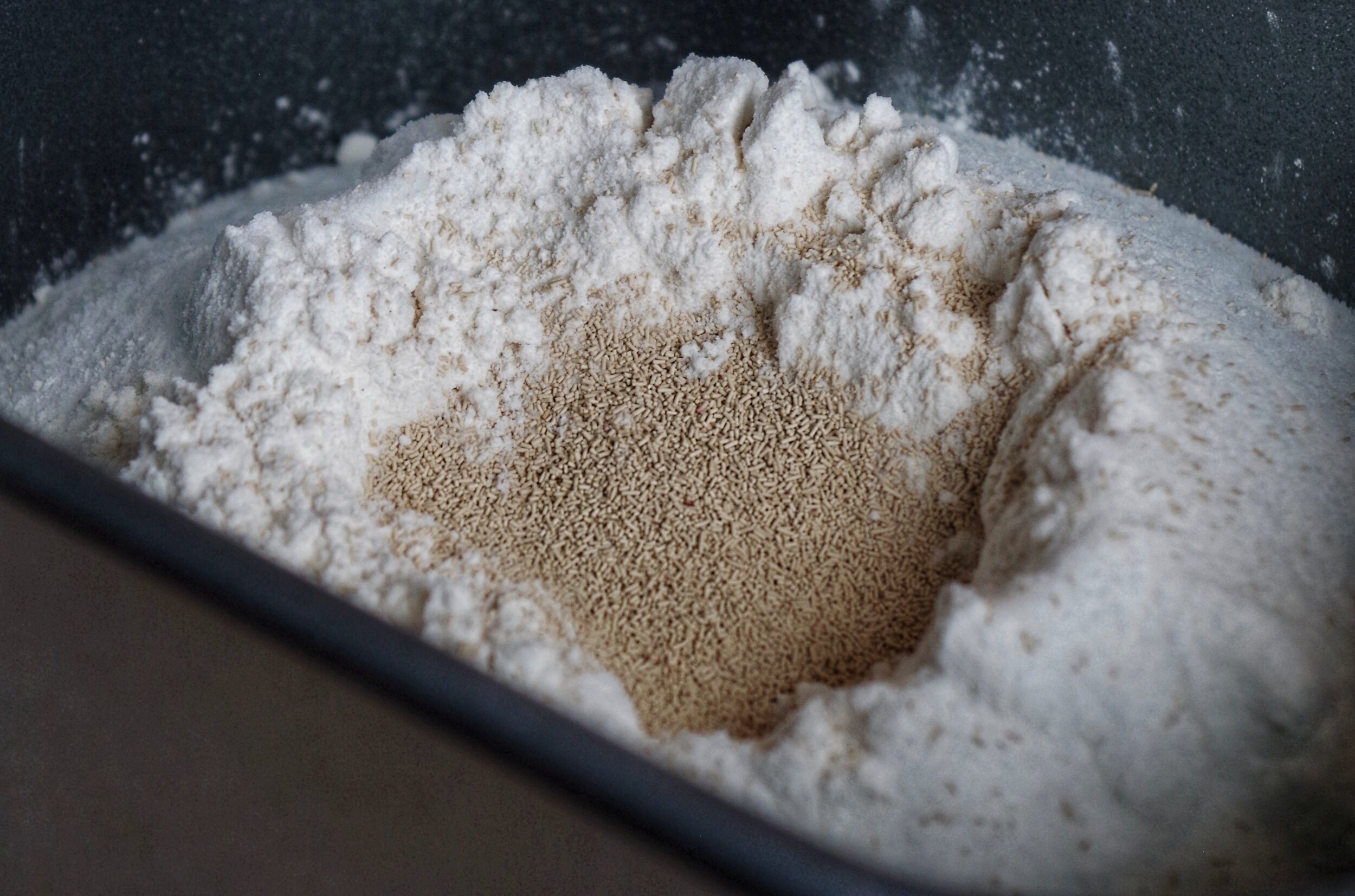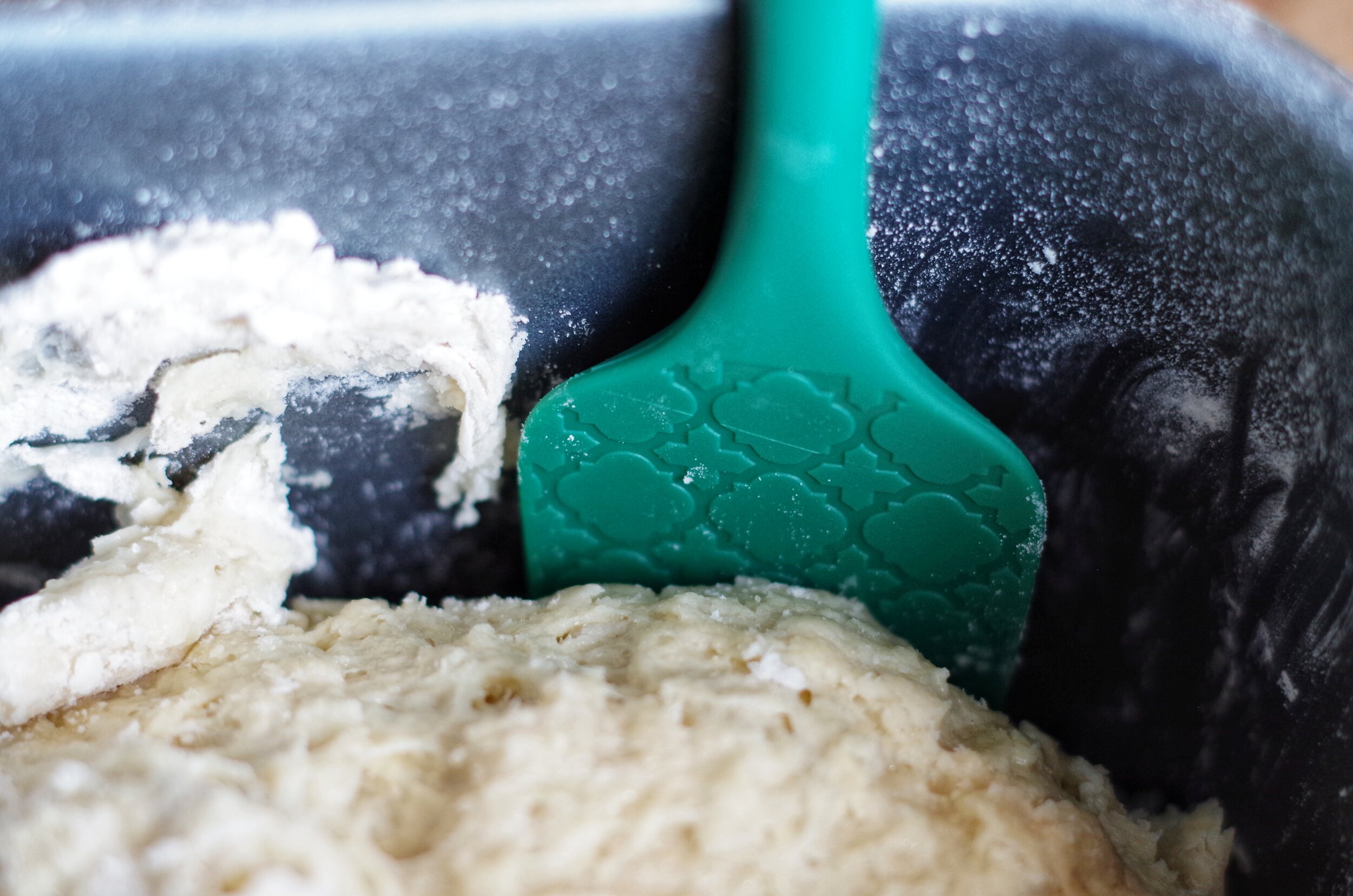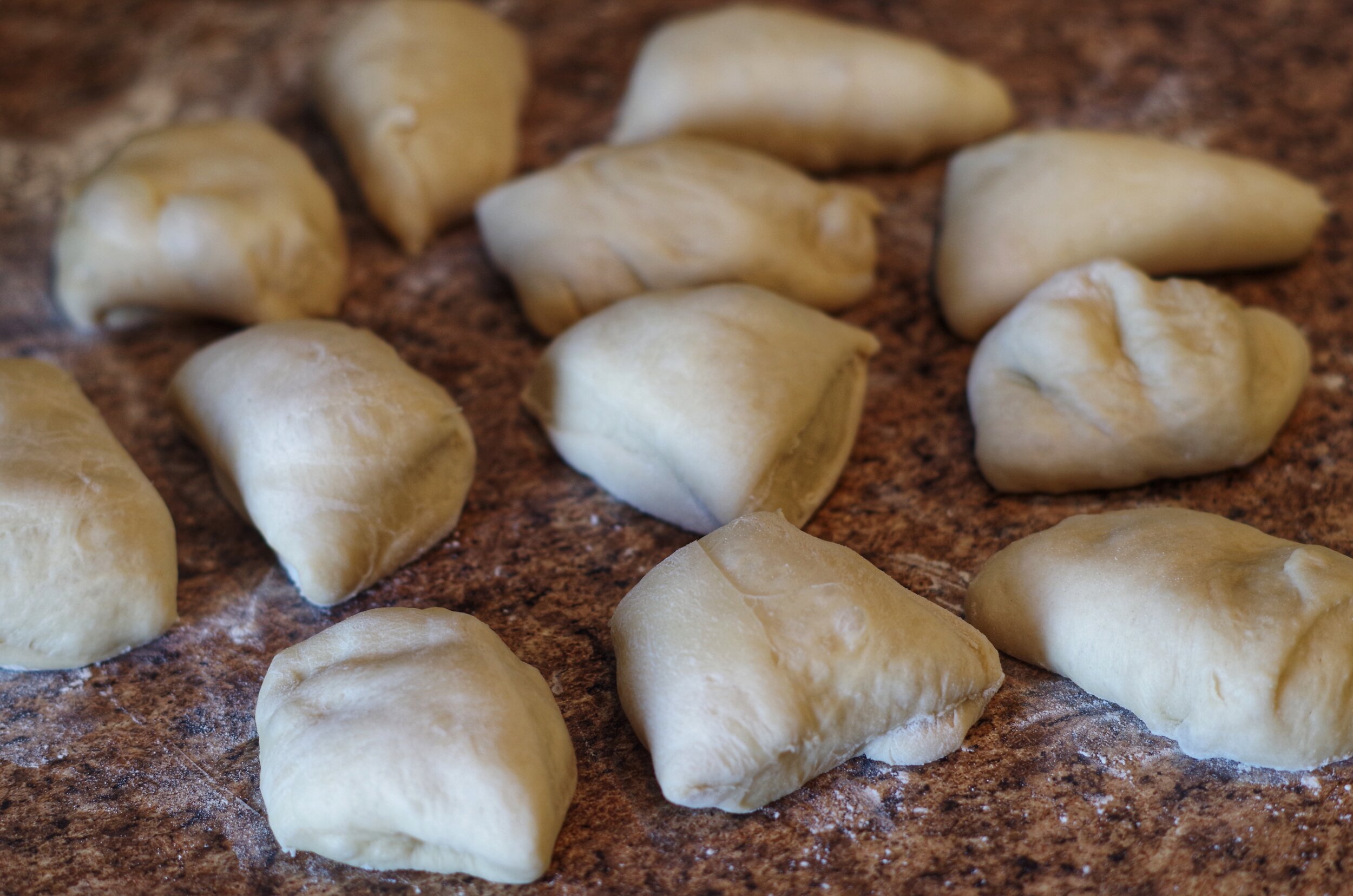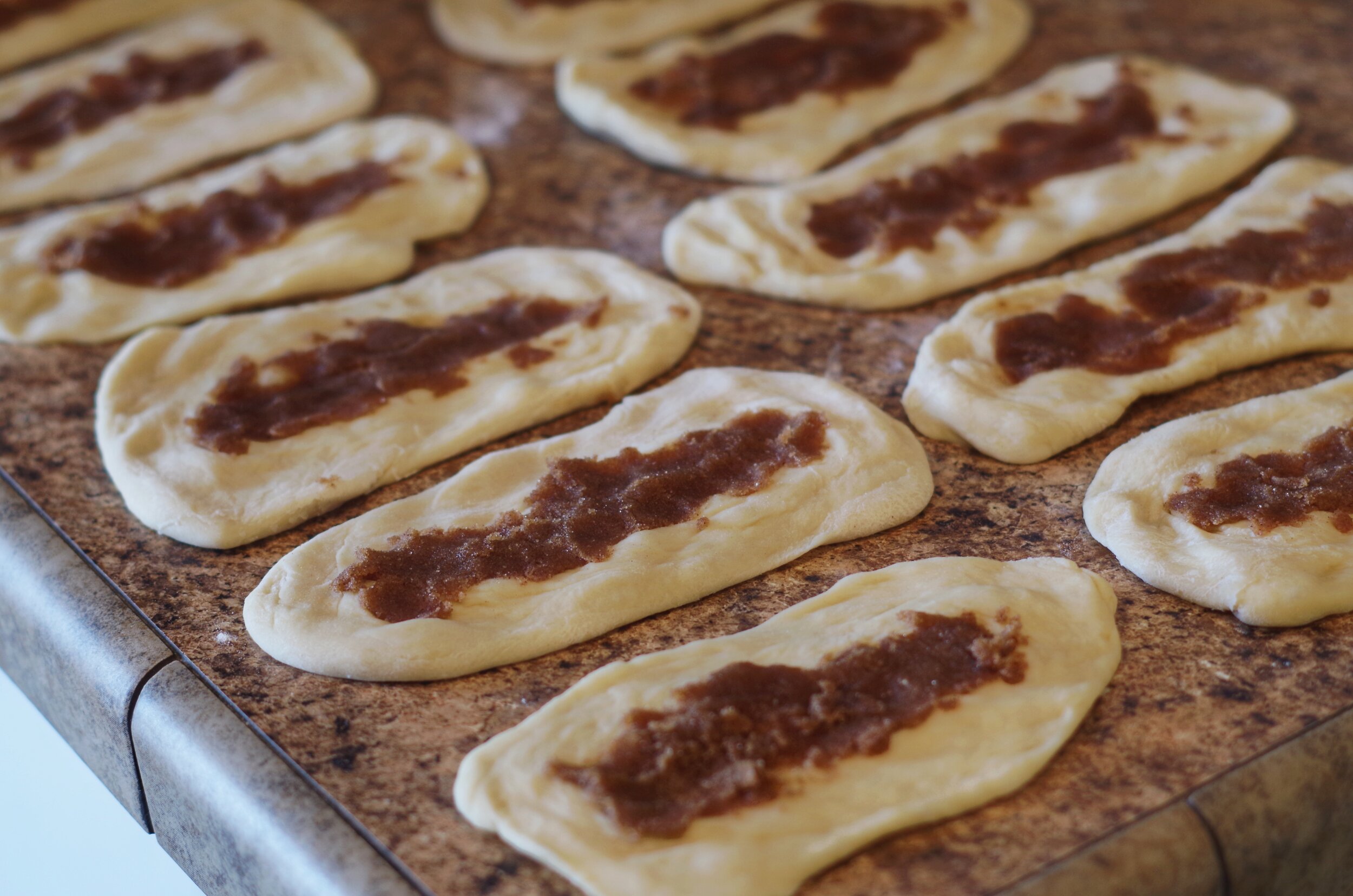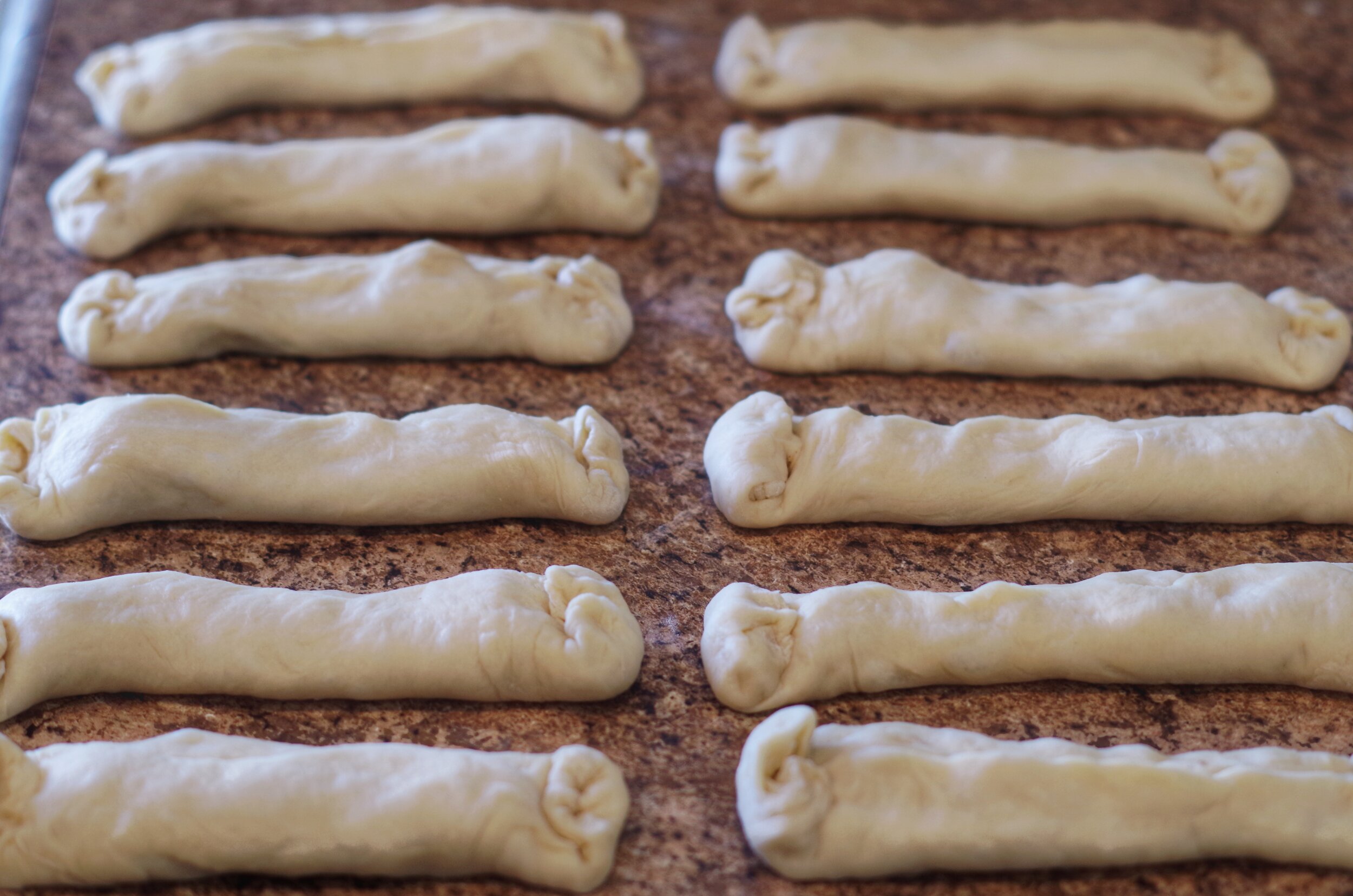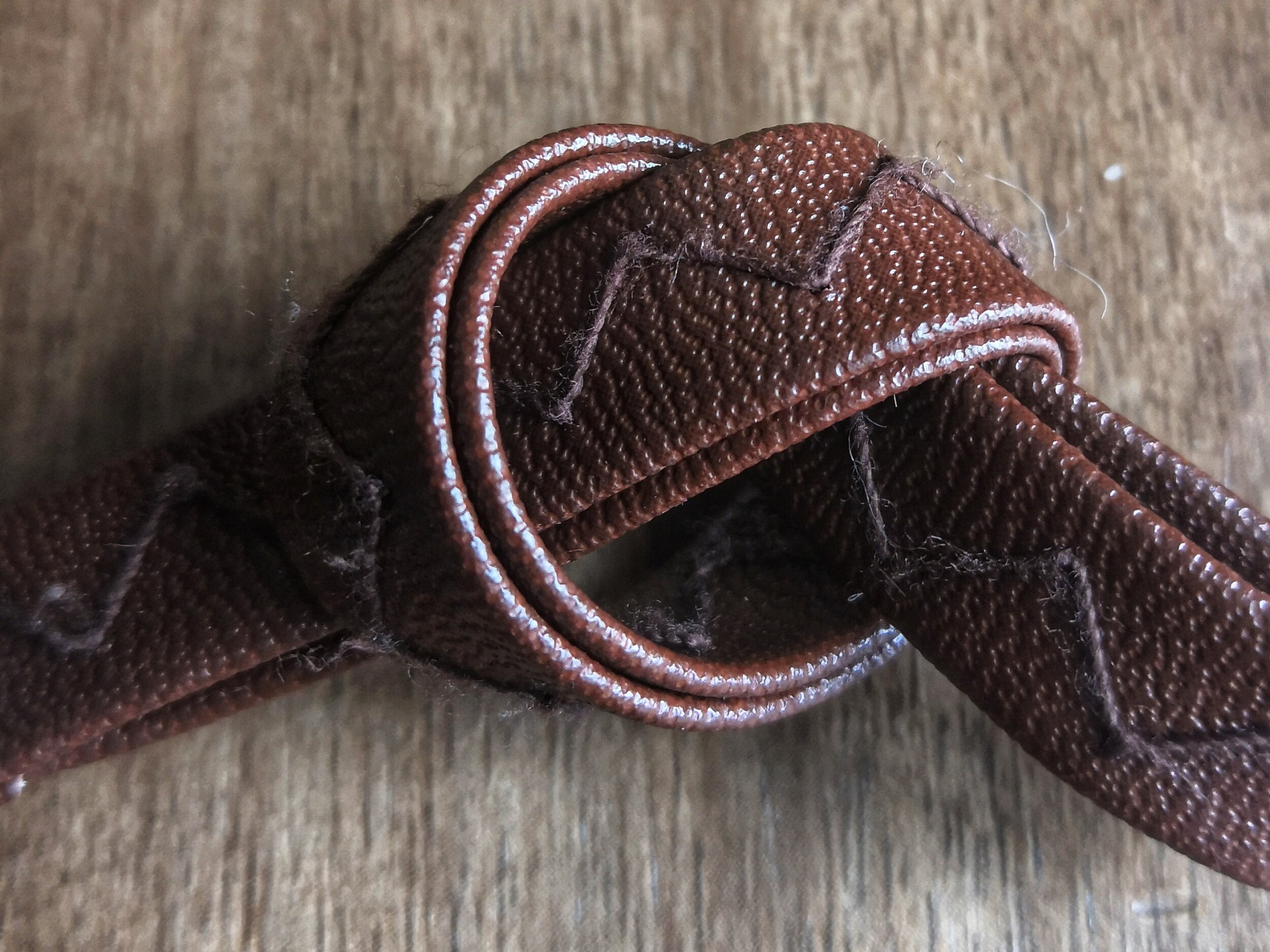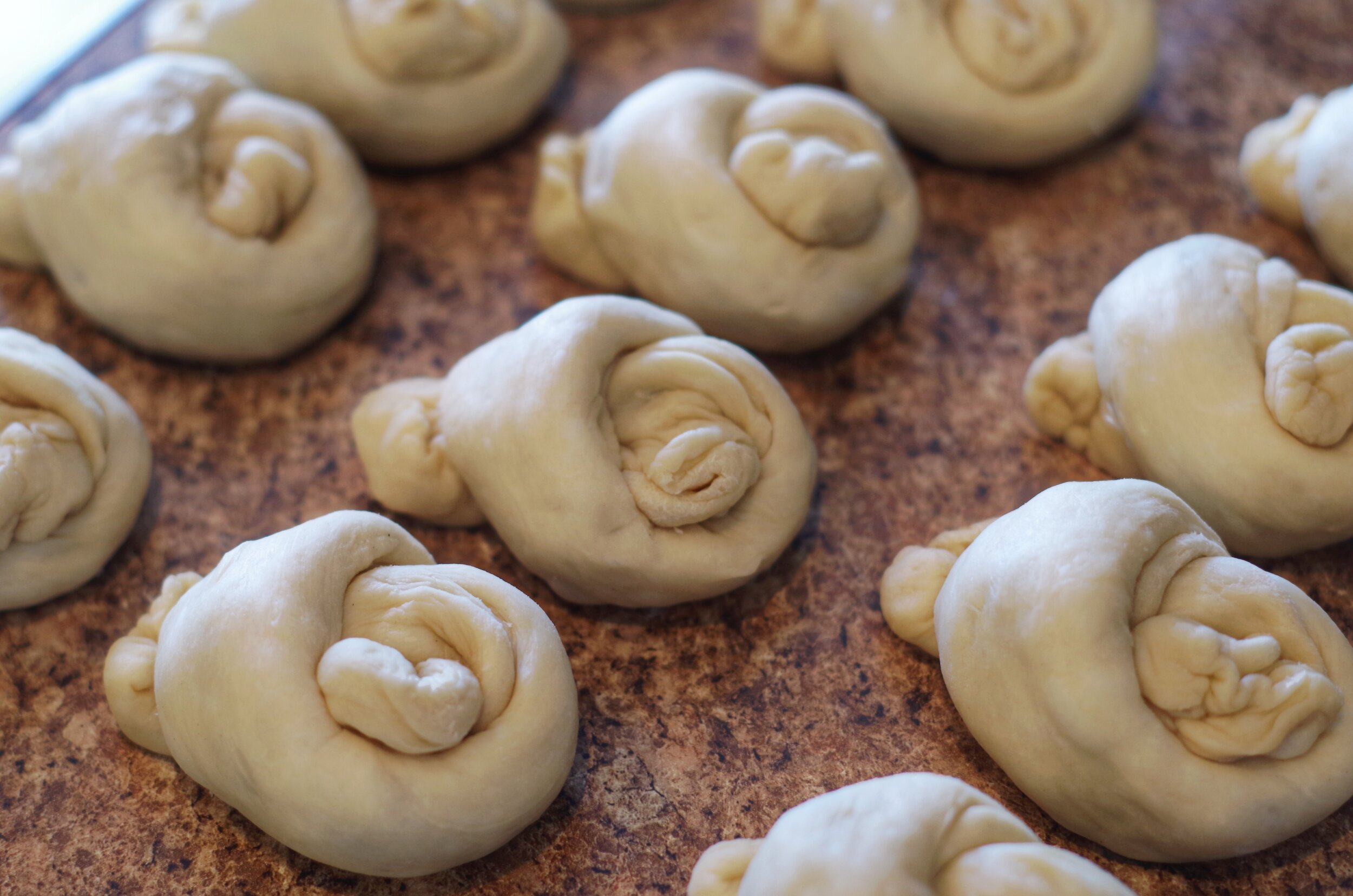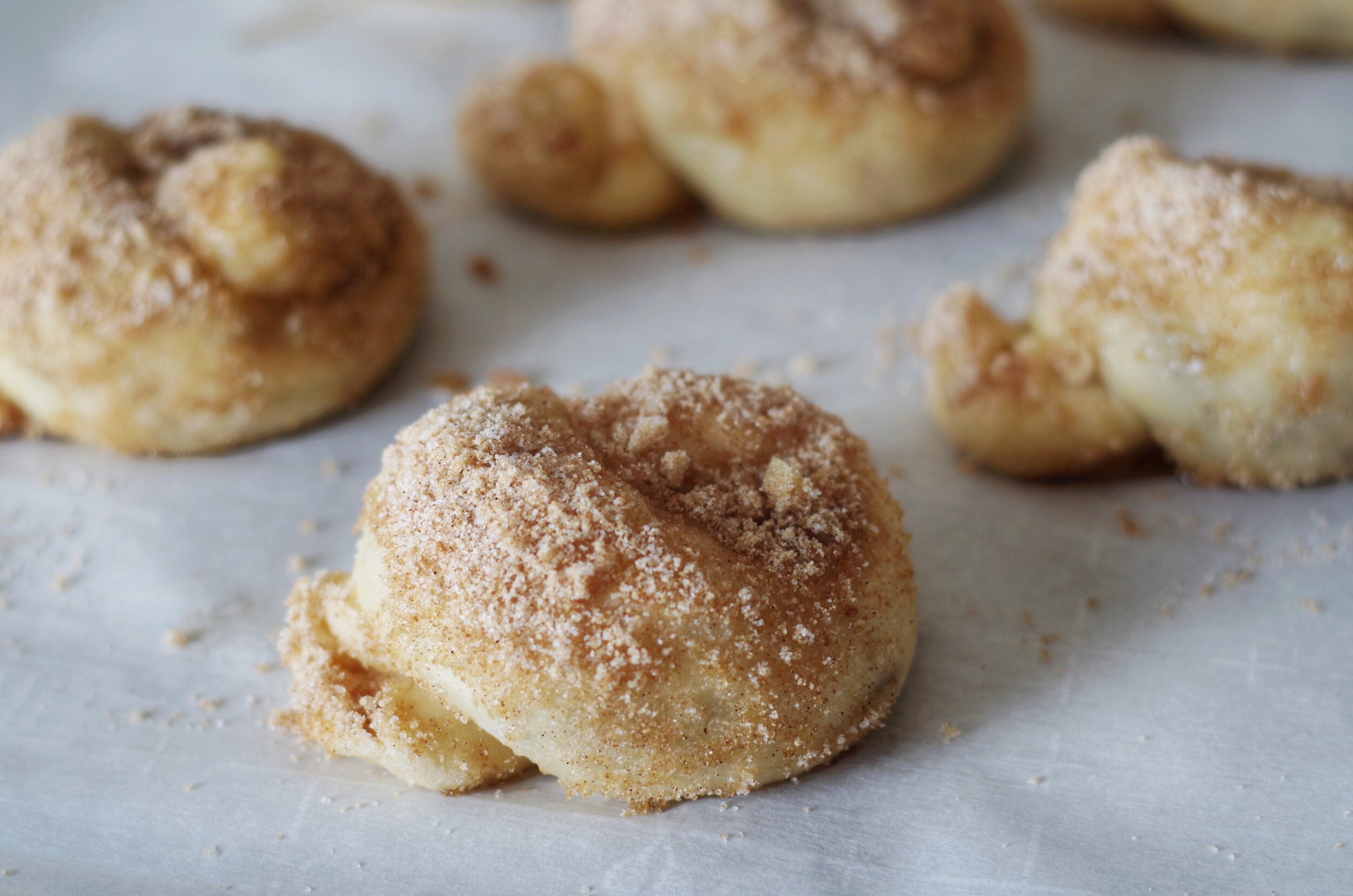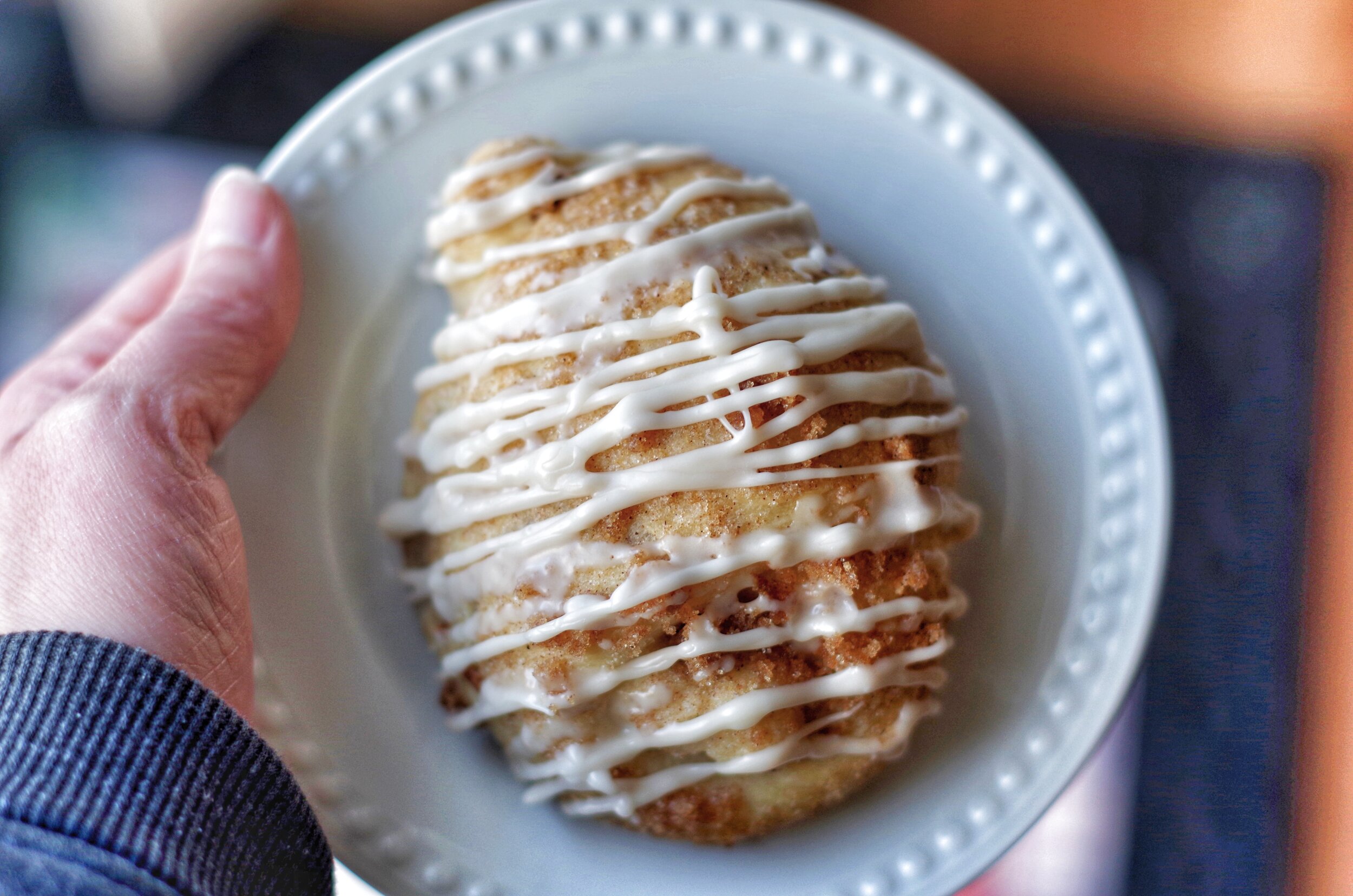The Old Apple Tree
by Paul Laurence Dunbar
You would perhaps call it ugly....the verdant leaves an' branches of an old apple tree....For its boughs are gnarled an' crooked, an' it's leaves are gettin' thin, an' the apples of it's bearin' wouldn't fill so large a bin as they used to. But I tell you, when it comes to pleasin' me, it's the dearest in the orchard—that old apple tree.
At our last house, Hunter and I adopted a neglected orchard. Actually, it was mostly Hunter. Before I even moved to Wyoming, he started tending to this plot of forgotten fruit trees on the property. He knew how much I would grow to love them, and so, before I even moved to Wyoming, he started watering and weeding around these fruit trees, and built huge protective cages around each one to protect them from the voracious whitetail deer. Most of the trees were less than 10 years old—planted by a previous tenant and forgotten about. You’d never be able to tell how long some of the trees had been planted, though, because of how they had continuously been browsed by deer. There was one tree, though, that had started it all—an old, gnarled up apple tree. Naturally, it became my favorite—that charming tree. And each fall that we lived there, it would produce a couple bucketfuls of apples.
I would pick the apples, tossing down bug-ridden or holey ones for the deer to eat, and go home proudly with my prize. Then I would wash and chop the apples, put them in my crockpot with a blend of brown sugar & spices, and let them cook and caramelize for an entire day. I was making Apple Butter. I would can my apple butter and proudly stack my beautiful jars of the glistening stuff in my pantry, and then forget about it. You see—I am not actually an apple butter aficionado. I don’t really enjoy having it on toast, biscuits, or rolls, and I don’t actually find it very “buttery". To me, its like concentrated apple sauce. And so, as much as I enjoyed the process of making & canning apple butter, the terrific aroma it filled my house with, and the feeling of accomplishment that came from stacking more jars in my pantry—it would all be in vein if I didn’t actually use what I had produced.
And then one day, it clicked. I was making a pumpkin pie, which Hunter & I both love, and I began to wonder if I could use the Apple Butter the same way one uses canned pumpkin? I made an Apple Butter Pie the next weekend, and it turned out delicious! So that is how I use my apple butter—in baking! If I have a recipe that normally calls for mashed banana or apple sauce or canned pumpkin, I just substitute in some apple butter. And I found one pork chop recipe that uses apple butter that is also fairly tasty—Pork Chops Primavera.
At any rate, these Apple Streusel Muffins are a great way to utilize your apple butter. They are absolutely delicious. I use this same muffin base for banana muffins and pumpkin muffins, as well, and it’s always a homerun. Plus it’s an easy recipe to whip up—you can basically mix it all in one bowl. No [apple] muffin is complete with out a sweet, crumbly streusel topping, and the icing sets these really over the top!
As always, I have included a PRINTABLE VERSION. If you make these, please let me know how they turn out for you. And, if you have any other great recipes or uses for Apple Butter, share them with me! With all the apple trees we’ve been planting around the new house, I have a feeling lots of apple butter is in my future.
Apple Streusel Muffins
Makes 18 cupcake-sized muffins
Ingredients
¾ to 1 cup apple butter
1 granny smith apple, peeled & grated
1 cup sugar
1 teaspoon vanilla extract
2 eggs
¼ cup salted butter, melted
1 ½ cups flour
1 teaspoon baking soda
¼ teaspoon baking powder
1 teaspoon cinnamon + ⅛ teaspoon nutmeg
¼ teaspoon kosher salt
⅓ cup sour cream or plain greek yogurt
Streusel Topping:
¼ cup salted butter, melted
⅓ cup brown sugar
1 teaspoon cinnamon
⅔ cup flour
Optional Icing:
1 ½ cups powdered sugar
1 teaspoon vanilla
1-2 Tablespoons milk
Directions
Preheat oven to 350 degrees F
Make the Batter: Peel and grate green apple. Set aside. In a bowl, mix together apple butter, sugar, vanilla, and eggs. Once combined, mix in melted butter. Then add flour, baking soda, baking powder, spices, and salt. Mix until thoroughly combined, then add in sour cream or plain yogurt and grated apple.
To make the Streusel Crumb Topping: Make the crumb topping by melting butter, then adding in brown sugar and cinnamon. Mix until combined, then add in flour. I like mixing with a fork and it creates a good crumb texture. Top your batter with crumb mixture, then bake. (You can get a better crumb topping distribution if you reserve about a quarter of the crumb topping and add to muffin tops after they have baked for the first few minutes and are starting to rise--Just remove from the oven and work quickly so they don’t lose too much heat.)
Bake: Bake in 350 degree oven, until a toothpick inserted in center comes out clean and edges are golden brown. Cupcake-sized muffins will take 12-15 minutes. Large muffins will take 20-25 minutes. Cook times for other cake pans will vary according to size.













